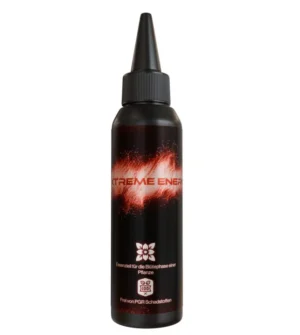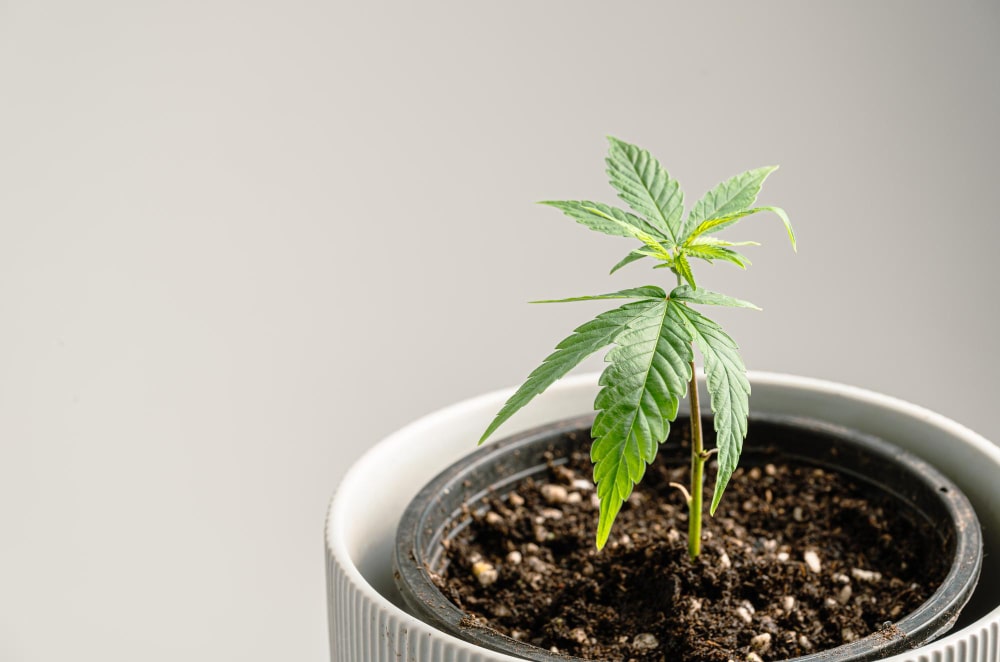In order for your cannabis plant to grow vigorously and thrive, you should provide it with fertilizer. Read our blog to find out everything you need to know about fertilizing cannabis and how to recognize nutrient deficiencies and excesses.
If you grow in our Bonsanto Mini Growbox and use our fertilizer tailored to the growbox, you should primarily follow our Bonsanto growing instructions. You can find more tips and advice in this blog post.
Inhaltsverzeichnis
Why should you fertilize hemp?
In order to achieve a high-yielding harvest and for your cannabis plant to grow optimally, you need to ensure an adequate supply of nutrients and fertilize your plants. Cannabis has a high demand for nutrients. This occurs particularly during the growth phase and the flowering period.
Fertilizing cannabis can also promote the growth of your plant. The nutrients contained in the fertilizer, such as potassium and nitrogen, support plant growth and contribute to the development of strong leaves and plant roots. Nutrients also support the formation of buds and flowers. So if your hemp plant is supplied with sufficient nutrients, you can expect a high-yielding harvest!
Another reason why you should fertilize your hemp is to avoid deficiency symptoms such as yellow leaves or a high susceptibility to diseases. If you fertilize your cannabis plant sufficiently, you can avoid these problems.
What nutrients does cannabis need
Cannabis requires a number of nutrients for healthy plant growth. The nutrients that are most important for your cannabis are the so-called macronutrients nitrogen (N), phosphorus (P) and potassium (K). Nitrogen is particularly important in the growth phase of cannabis, as it promotes the development of the leaves and stems. Phosphorus is a substance that is essential in the flowering phase, as it supports the formation of buds. Potassium strengthens the plant and facilitates nutrient absorption. The NPK number shows you the ratio of the three macronutrients in a fertilizer. Example: If your fertilizer is labelled NPK 5-20-10, this means that the fertilizer contains 5% nitrogen, 20% phosphorus and 10% potassium.
Secondary nutrients such as calcium, magnesium and sulphur should also be included in your fertilizer. Calcium regulates the pH value of the grow soil and also promotes plant growth. As magnesium is important for the process of photosynthesis, it is also one of the necessary nutrients for your plant. Plants use sulphur for chlorophyll formation and the production of vitamins and other important proteins.
Micronutrients include iron, copper and zinc, for example. These substances are also important for your hemp plant, even if they are only needed in small quantities.
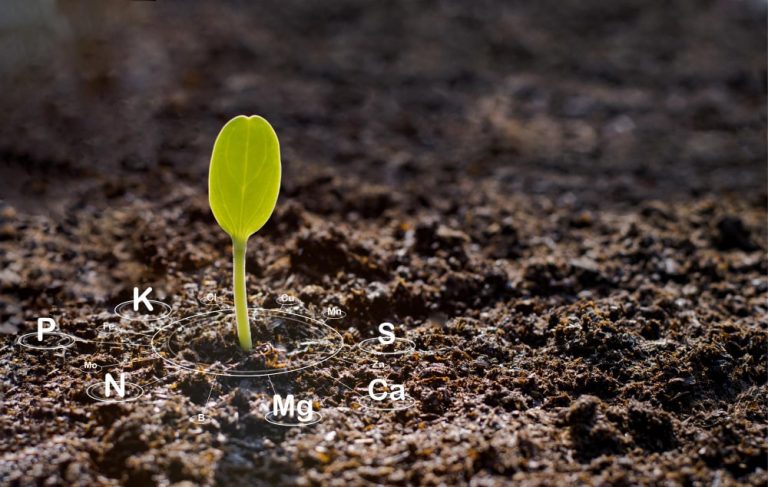
When should you fertilize hemp?
When exactly you should fertilize your cannabis depends on various factors. Depending on which fertilizer you use and which growth phase your cannabis is in, the time of fertilization can vary.
Fertilizer
When you buy a fertilizer, you will usually find instructions from the manufacturer regarding the dosage. You should primarily follow these instructions if you want to provide your cannabis plant with nutrients. We recommend that you start fertilizing carefully at first and wait to see how the plant reacts to the nutrients, as too high a dosage can lead to problems. We will explain how you can recognize an excess in one of the next sections.
If you grow in our Bonsanto Mini Grow Box and use our “Organic Boost” fertilizer and/or the “Extreme Energy” concentrate, follow our growing instructions. Start using the Organic Boost fertilizer from the 2nd week after germination. From the 7th week you can add the “Extreme Energy” concentrate.
Growth phases
If you look at the growth phases, you can do without fertilizer in the seedling and cutting phase. If you use a pre-fertilized growing medium, such as our Bonsanto Premium Soil, this is sufficient in most cases. The cotyledons of your cannabis plant still contain enough nutrients in this phase. If you give your plant too much fertilizer during this phase, it can even hinder growth and harm your plant.
It’s a different story in the growth phase. To promote healthy plant growth and strengthen your plant, you can supply your hemp with fertilizer during this phase. This is also advisable when your plant enters the flowering phase. Cannabis also needs nutrients in this phase in order to form buds and resin.
It is important that you stop fertilizing in good time so that there are no fertilizer residues in your harvest and the taste when smoking does not suffer as a result. We advise you to stop fertilizing about one to two weeks before harvesting.
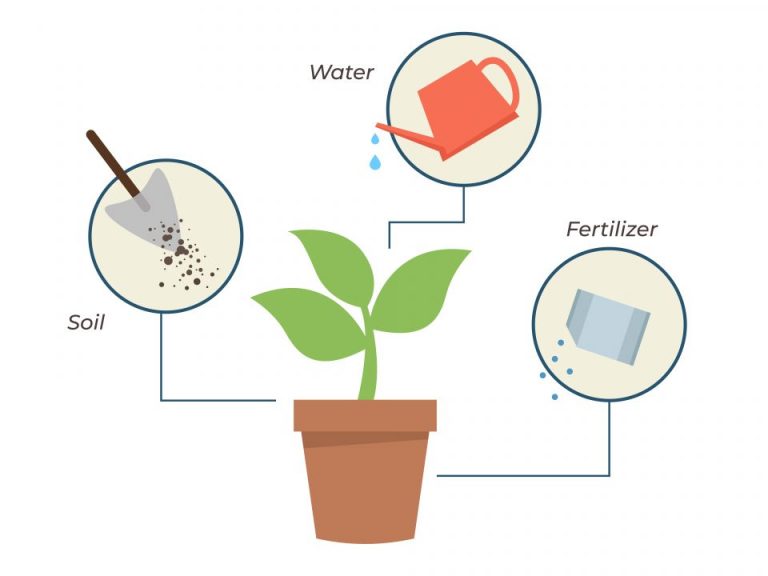
How much and how often to fertilize?
It is not possible to make a general statement about how much fertilizer a hemp plant needs. However, there are various factors that you should use as a guide.
As mentioned above, first follow the fertilizer manufacturer’s dosing instructions. Each fertilizer behaves differently and may contain a different composition of nutrients. The manufacturer knows these properties best, which is why the dosing instructions should be followed. If you cannot find any information from the manufacturer about how often you should fertilize, you can use the fertilizer about once a week. Depending on how your plant reacts, you can then increase or reduce the dose. With Bonsanto “Organic Boost” fertilizer, we recommend 20 drops per liter, whereas 10 drops per liter are sufficient for the “Extreme Energy” concentrate.
Basically, it is important that you monitor your plants to determine whether they need more nutrients or whether they are oversaturated. If you notice a deficiency or over-fertilization, you should of course adjust your fertilization method. If you are new to growing, it is better to approach the subject slowly and initially use too little fertilizer rather than too much.

What fertilization methods are there?
If you want to fertilize your cannabis, you can choose between different fertilization methods. It is advisable to use a high-quality fertilizer that has been specially developed for the cultivation of cannabis. In our store you will find the Bonsanto “Organic Boost” fertilizer and the “Extreme Energy” concentrate, which have been specially developed for indoor growing. Stay away from fertilizers from the hardware store. In order not to harm your plant, you should not save money at the wrong end!
Organic fertilizer
One of the most popular fertilizers among growers are organic fertilizers. These are environmentally friendly and consist of natural materials such as compost. The advantage of organic fertilizer is that the plant absorbs the nutrients with a time delay, which is why over-fertilization is usually impossible with this fertilizer. However, if your plant shows signs of a nutrient deficiency, it will be difficult to remedy this with an organic fertilizer. If you are a beginner grower, we would recommend using an organic fertilizer.
If you use soil containing microorganisms as a grow substrate, use an organic fertilizer. The microorganisms convert the organic matter into food for your plants. If you were to use an organic fertilizer in combination with a substrate such as perlite or coco or a soil without microorganisms, the conversion would not take place and your plant would not be able to absorb the fertilizer.
As an organic fertilizer, we recommend our Bonsanto fertilizer “Organic Boost”. This is 100% organic and is suitable for any indoor grower. Even if you grow in one of our mini grow boxes, the fertilizer is the optimal solution to accelerate the growth of your plant without the plant becoming too big for the box.
Mineral fertilizer
Mineral fertilizer is an inorganic fertilizer. This provides nutrients in a concentrated form and allows growers to supply the hemp plant directly with nutrients. This gives you more control over your plant’s nutrient supply with a mineral fertilizer. Mineral fertilizers are usually cheaper than organic fertilizers. However, if you use this fertilization method, you must be careful not to over-fertilize!
If you are using a growing substrate such as coco or perlite, use a mineral fertilizer. You can also use mineral fertilizers if your plant is growing in grow soil. In this case, it is also okay if the soil does not contain microorganisms.
Mixed fertilization
If you want to benefit from the advantages of both fertilizers, you can also use mixed fertilization. By combining organic and mineral material, your cannabis plant is optimally supplied with nutrients. Mixed fertilization is usually easier to use than a purely mineral fertilizer.
-
Bonsanto® Concentrate ‘EXTREME ENERGY’
Rated 4.67 out of 5$11.99 – $32.00Price range: $11.99 through $32.00 incl. VAT Select options This product has multiple variants. The options may be chosen on the product page
How do you recognize nutrient deficiency?
As mentioned in the previous sections, it is important that you regularly check your plant for nutrient deficiencies. This way you can recognize when your hemp needs more fertilizer.
The most common signs of nutrient deficiency are yellow discolored leaves. Depending on the discoloration, you can even tell exactly which nutrient your plant is lacking. Magnesium deficiency manifests itself through yellow spots, whereas a lack of nitrogen can be recognized by generally yellowish discolored leaves.
Leaf deformation and leaf drop can also be indications of a nutrient deficiency. If your hemp plant has an insufficient supply of magnesium, the leaves will curl. If the leaves are slow to grow, this may indicate a phosphorus deficiency. If the leaves of your plant fall off, your plant is clearly undersupplied.
If you notice that your plant is growing slowly, this may also be due to under-fertilization. If important nutrients are missing, it will not be able to grow. Poor flower formation and small buds can also indicate a deficiency.
If you suspect that your plant needs more nutrients, you should adjust the fertilization. Therefore, check your cannabis regularly and see how the plant reacts to the fertilization.

How do you recognize excess nutrients?
Over-fertilization can be just as harmful as a lack of nutrients. Therefore, a balanced fertilization program is important for healthy growth.
If you have overfertilized your hemp plant, you can tell by various signs. Brown and curled leaves are an indication of excess nutrients. If your leaves become darker and shinier, this may also be due to the use of too much fertilizer. If the lower leaves of your plant are falling off but the upper leaves look healthy, you should also consider over-fertilizing.
If you have the feeling that your plant is suffering from an excess of nutrients, there are various ways in which you can react. Probably the most obvious is to significantly reduce the amount of fertilizer. To flush nutrients out of the soil, you can supply your soil with pH-neutral water. Also measure the pH value of the soil. If the soil is not in the optimum range for your hemp plant, i.e. has a value that is not between 6 and 7, make sure that the pH value levels out again. The pH value has an influence on the plant’s nutrient uptake and can therefore be a cause of overfertilization.
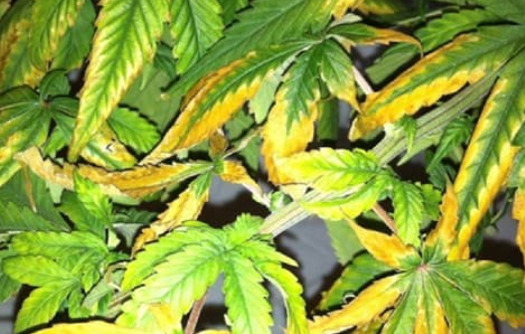
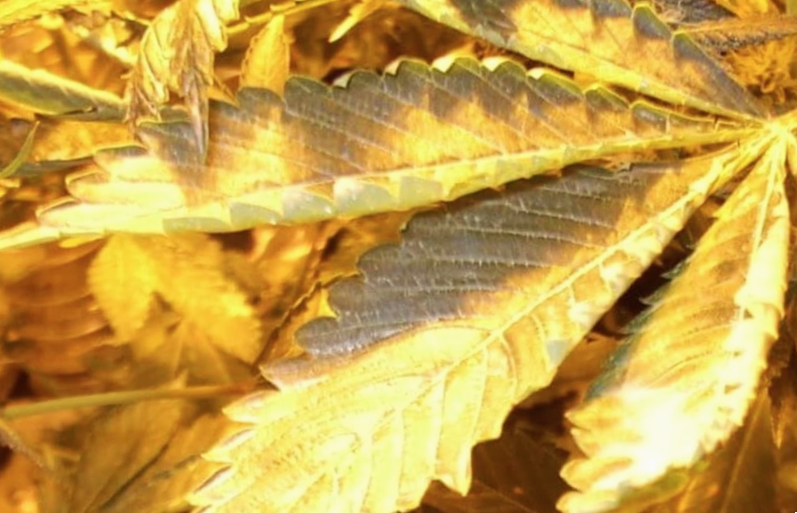
Tips for fertilizing hemp
To help you fertilize your cannabis successfully, we have two tips for you:
- Rinse before harvesting: To achieve a flavorful smoking experience, you can rinse your plant with pH-regulated water a week before harvesting. This will prevent nutrient residues from accumulating in your harvest.
- A deficiency is easier to remedy: As it is easier to compensate for a nutrient deficiency than to correct an over-fertilization, we advise you to always start fertilizing carefully and see how your plant reacts to the nutrients.
- Use our Bonsanto “Organic Boost” for fertilizing! This is beginner-friendly and over-fertilization is virtually impossible.

Fertilizing hemp - overview
- Plants need nutrients for healthy plant growth
- Fertilizer promotes the growth of your plant, health and the formation of buds
- Macronutrients are most important for your plant
- How much fertilizer the plant needs depends on the growth phase
- Follow the manufacturer’s dosage instructions
- Fertilize carefully at first and see how your plant reacts to the nutrients
- You can choose an organic or mineral fertilizer for fertilization
- Organic fertilizer protects against over-fertilization
- Mineral fertilizers can be absorbed directly by the hemp plant
- Start fertilizing from the growth phase
- Stop fertilizing about one to two weeks before harvesting
- Try to avoid both a nutrient deficiency and an excess of nutrients
